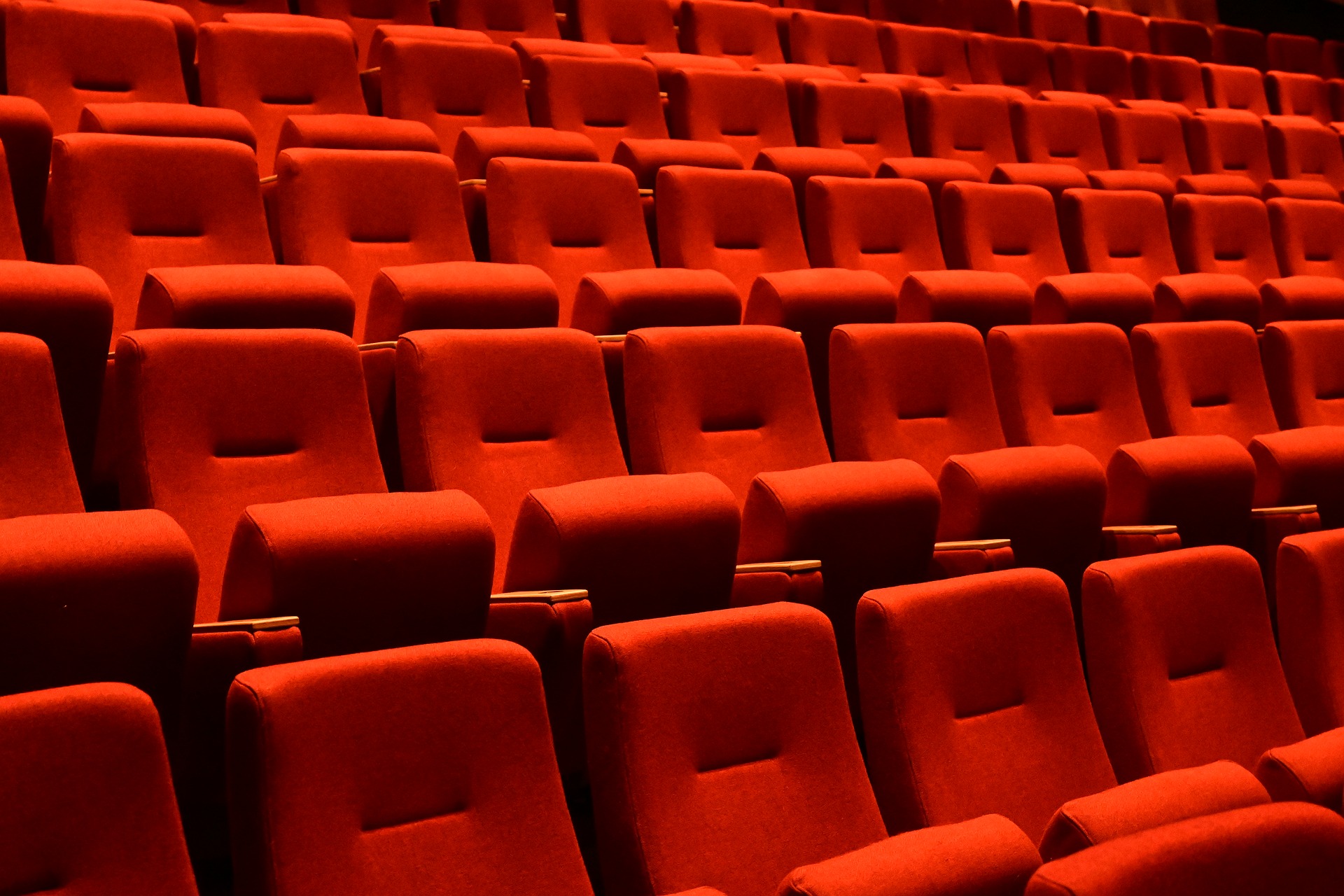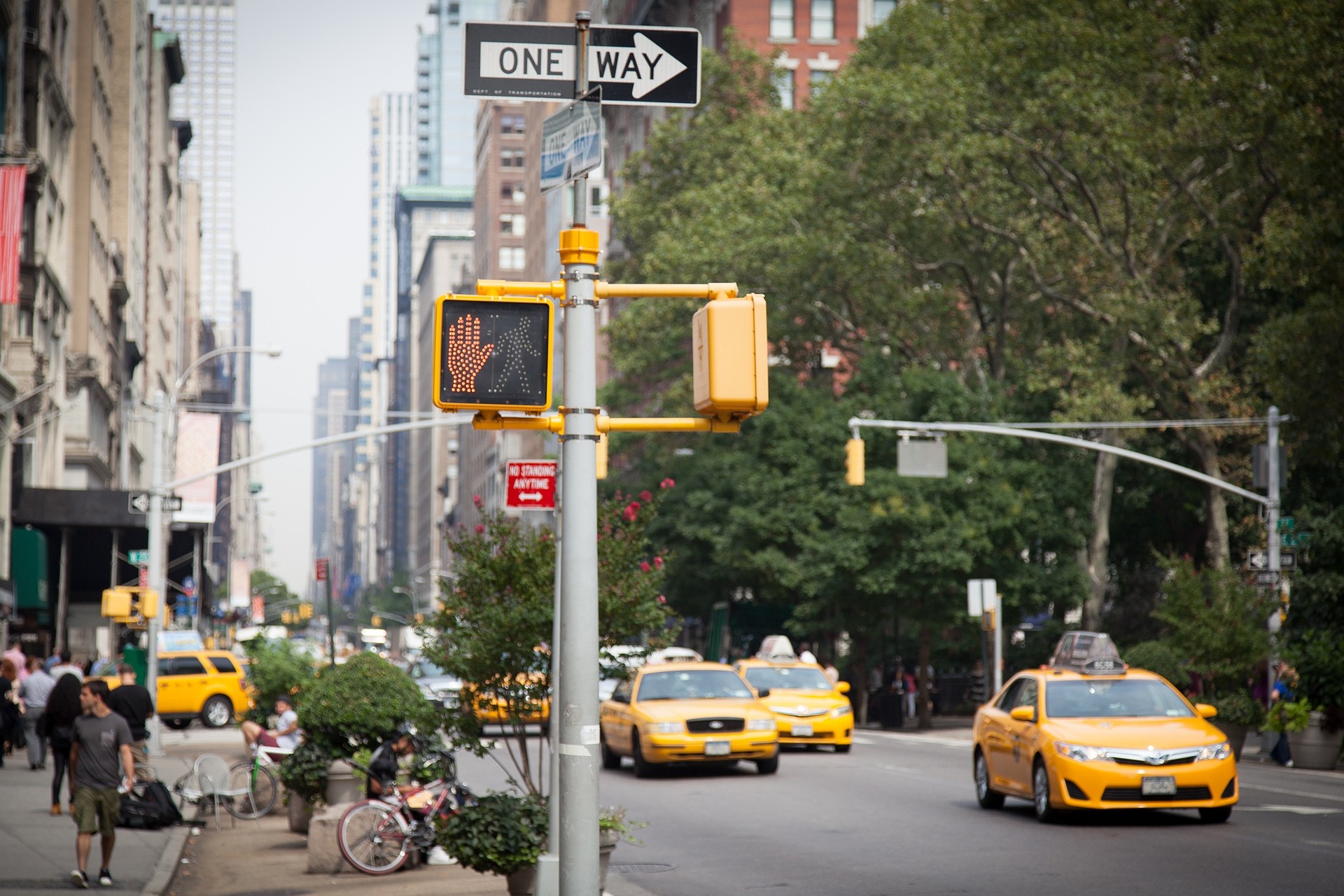The Unexpected Influence of Silent Film on Modern Cinematography
Silent films, often relegated to the realm of film history, continue to resonate in today's cinematic landscape. The silent era, extending from the late 19th century to the late 1920s, was a time of remarkable innovation and creative exploration. This article delves into the silent film era's enduring impact on modern cinematography.

The Dawn of Silent Film Era
The origins of silent film date back to the late 19th century, with the invention of motion picture cameras. The first films, characterized by their lack of synchronized sound, relied heavily on visual storytelling and physical acting. Pioneers of this era, such as D.W. Griffith and Charlie Chaplin, laid the groundwork for narrative storytelling, cinematography, and acting techniques that continue to influence filmmakers today.
Silent Film Techniques in Today’s Cinema
Despite the advent of sound in cinema, the art of visual storytelling from silent films continues to inspire modern filmmakers. Directors like Martin Scorsese and David Fincher often pay homage to silent film techniques, using long, dialogue-free sequences that rely on visual cues to tell a story. The Oscar-winning film, “The Artist”, offers a poignant tribute to the silent film era, reminding audiences of the power of visual storytelling.
Current Trends Reflecting Silent Film Influence
A resurgence of interest in silent films is evident in the growing trend of ‘visual albums’ in the music industry. Beyonce’s “Lemonade”, for instance, echoes the visual storytelling methods of silent cinema. Streaming platforms have also seen a rise in silent short films and animations, reflecting the continued relevance of silent film techniques.
The Significance and Reception of Silent Film Influence
The influence of silent films on modern cinema extends beyond mere nostalgia. It represents an appreciation for the roots of film as an art form and a testament to the timeless power of visual storytelling. As the industry continues to evolve, silent film techniques provide a vital touchstone, reminding filmmakers and audiences alike of cinema’s foundational principles.
The Enduring Legacy of Silent Films
Unquestionably, silent films have left an indelible mark on the landscape of cinema. Despite the evolution of technology, the principles of visual storytelling established in the silent era continue to resonate in today’s cinematic narrative. As filmmakers continue to explore new storytelling techniques, the influence of silent films underscores the enduring power of visual narrative in the cinematic art form.
In conclusion, the silent film era is far from a forgotten chapter of cinema history. Its influence permeates modern cinematography, reminding us of the power of storytelling through visuals. As we continue to navigate the ever-evolving landscape of cinema, the silent film era serves as a testament to the timeless essence of the art form: telling stories that captivate, engage, and resonate with audiences.




